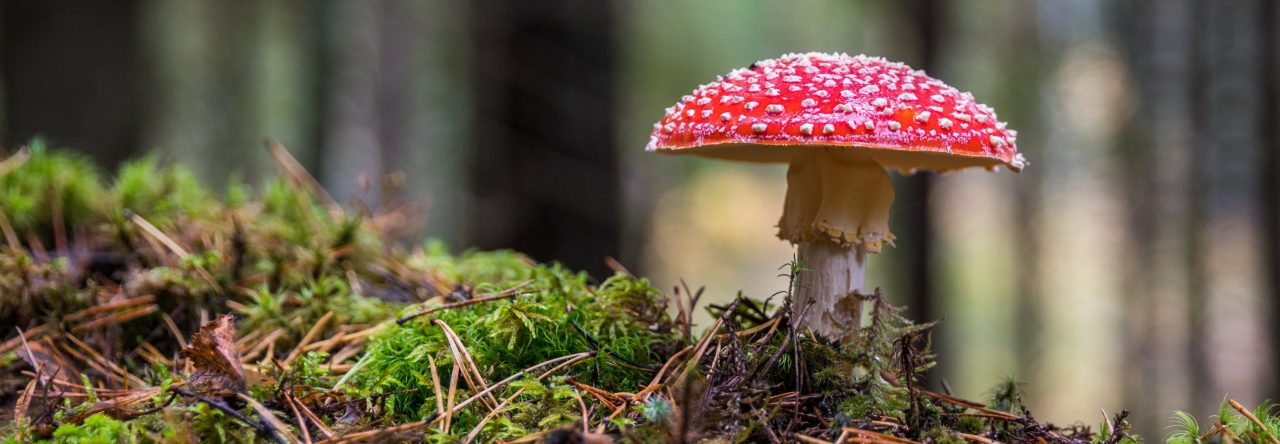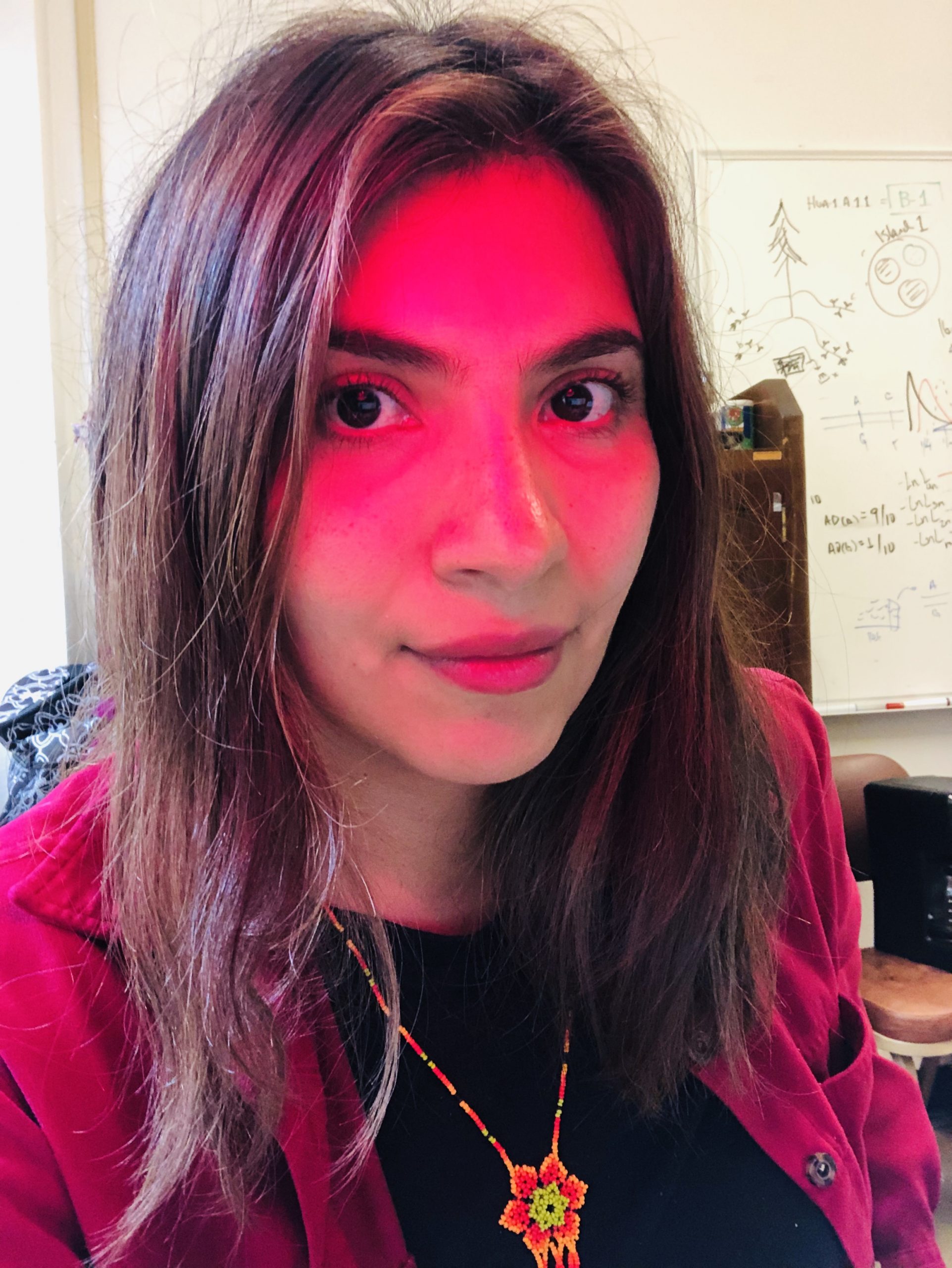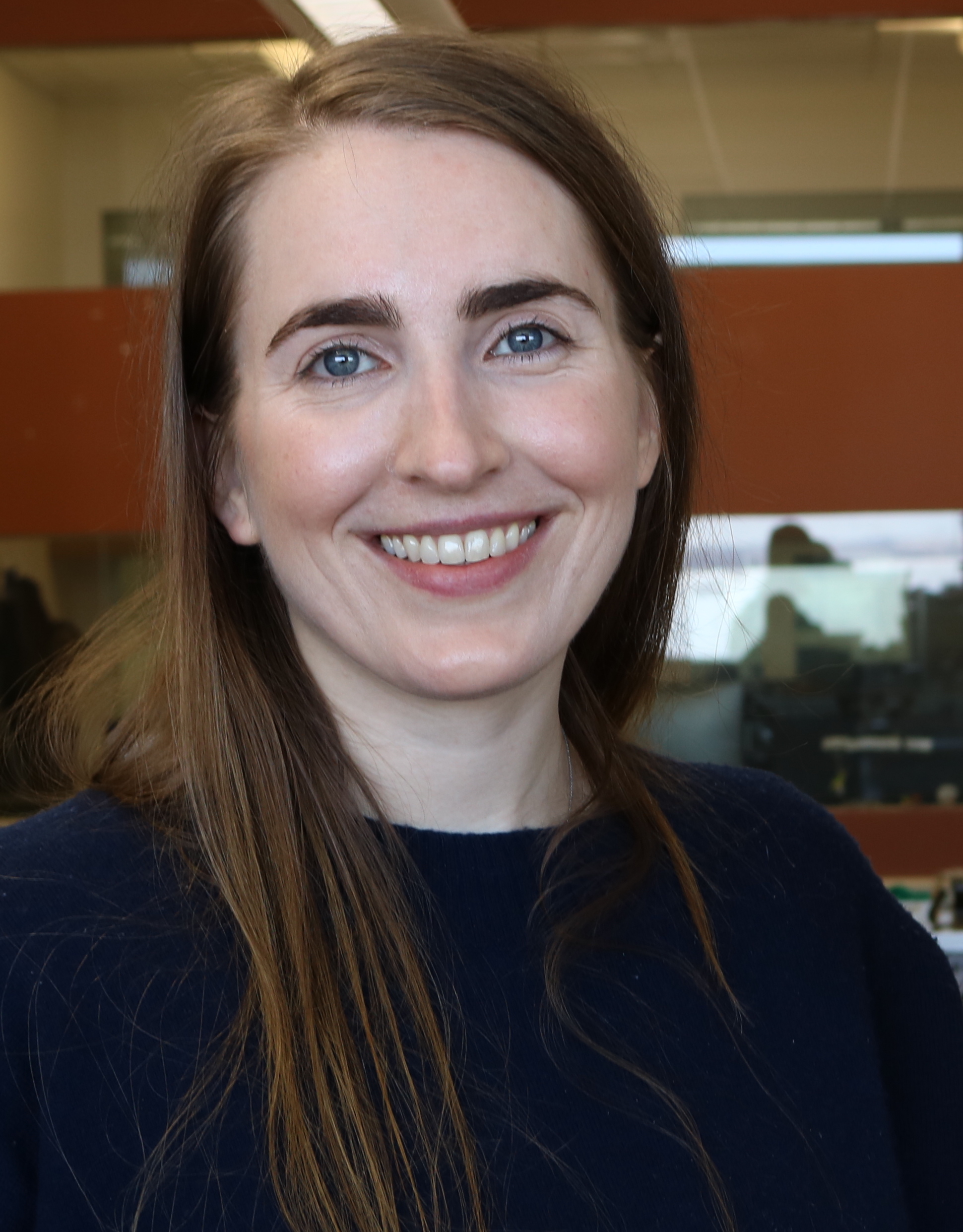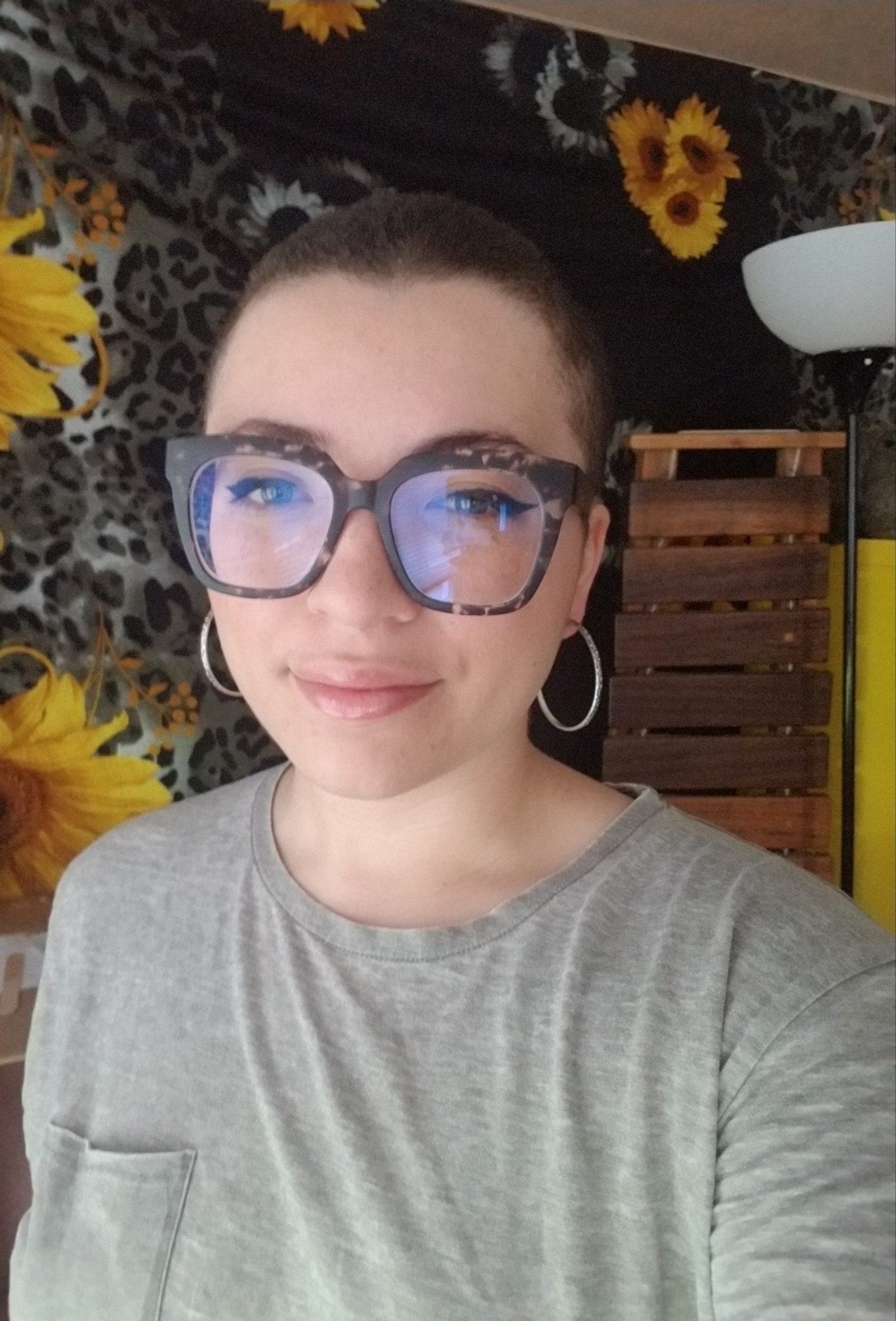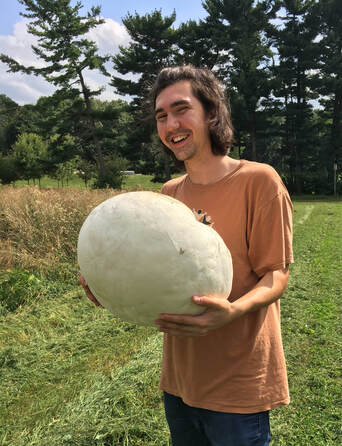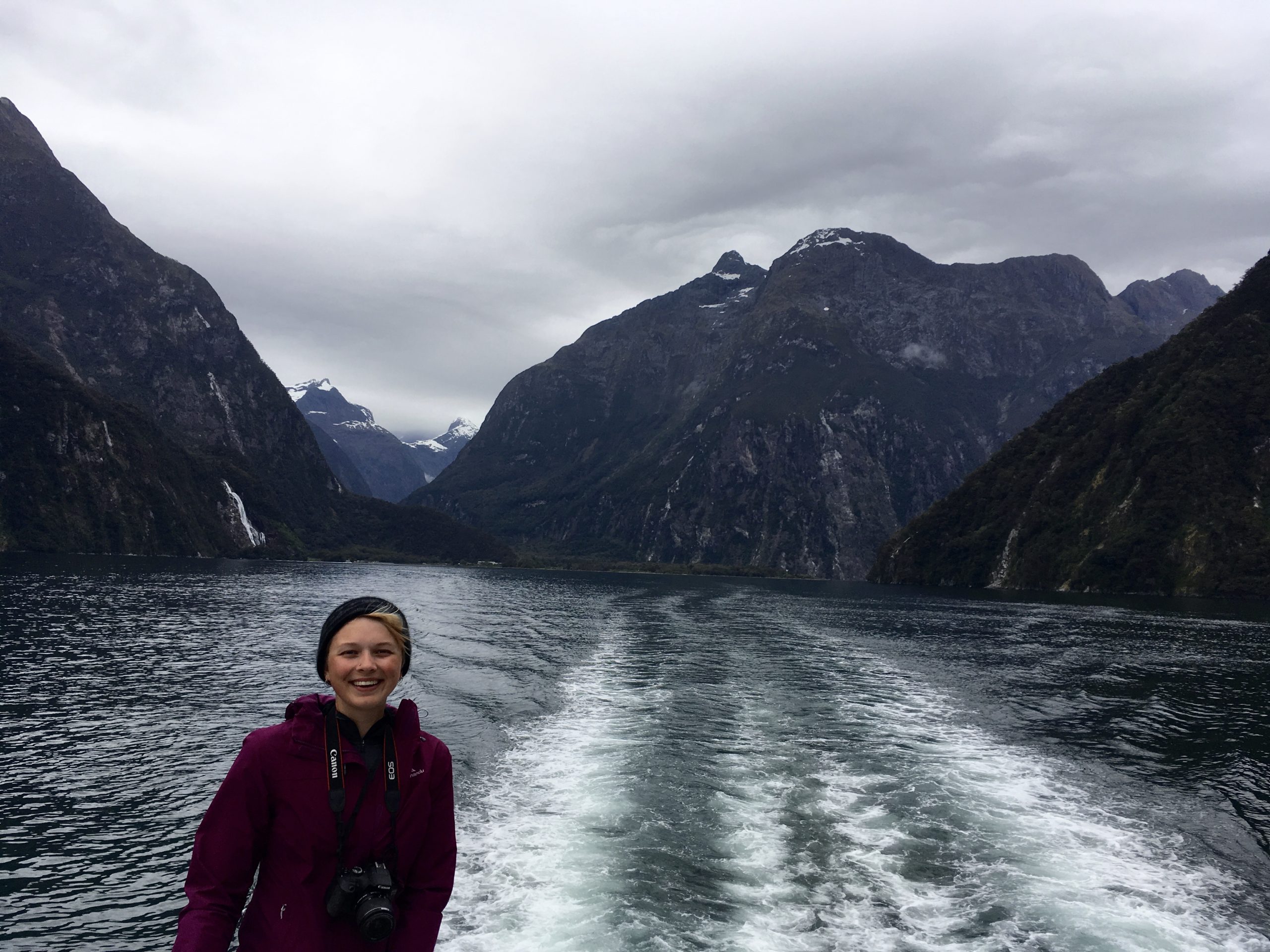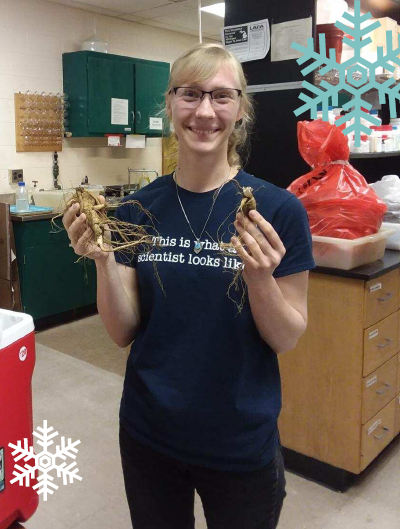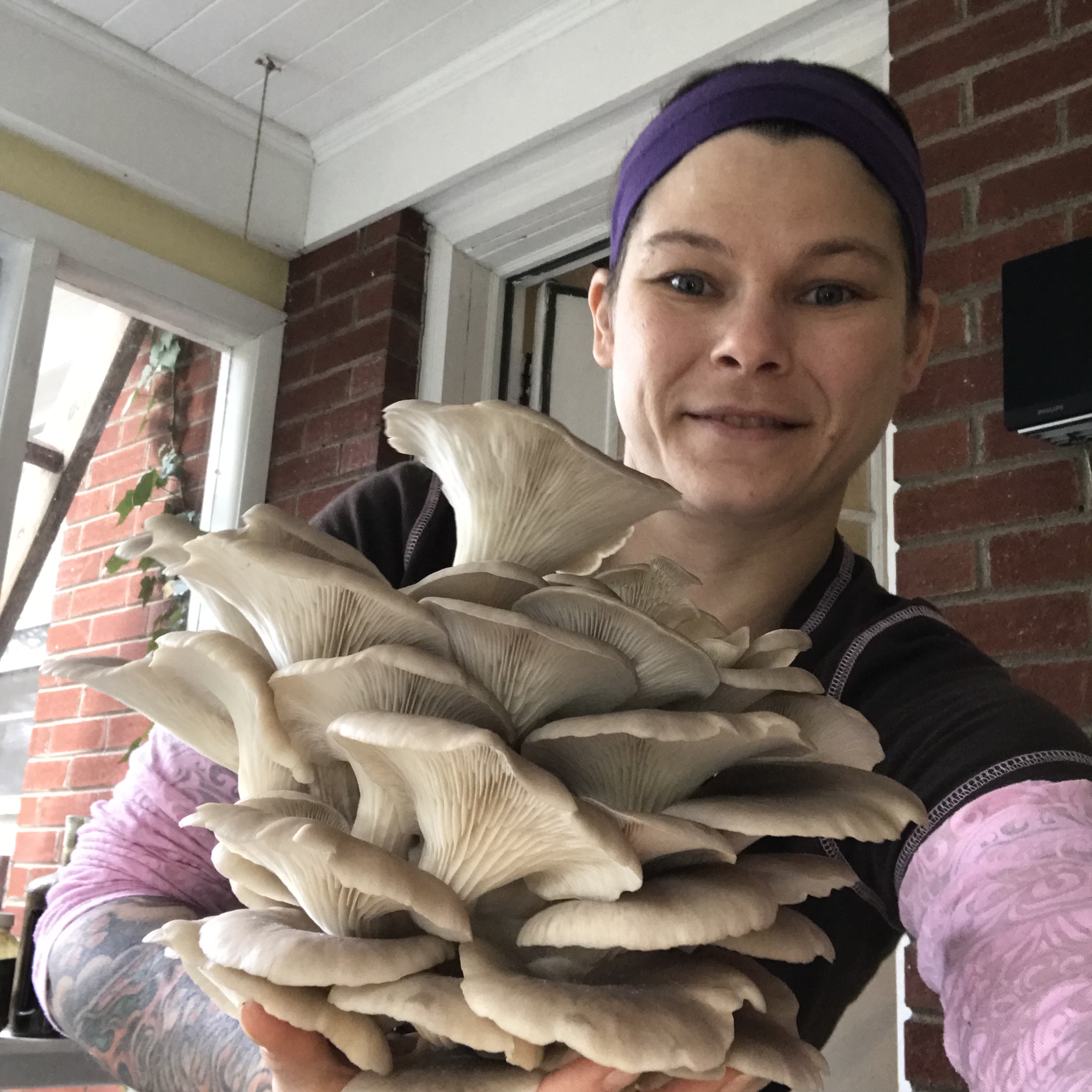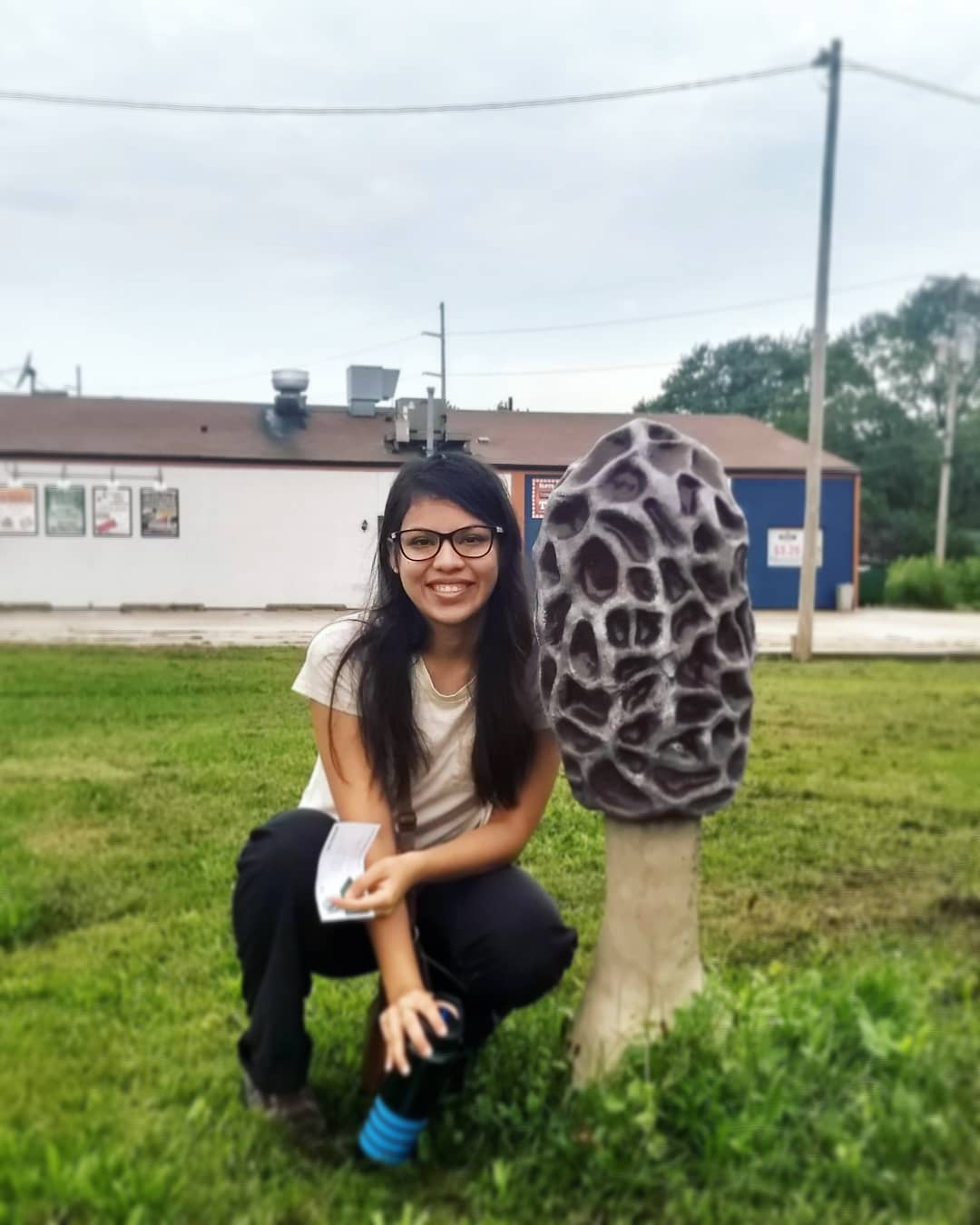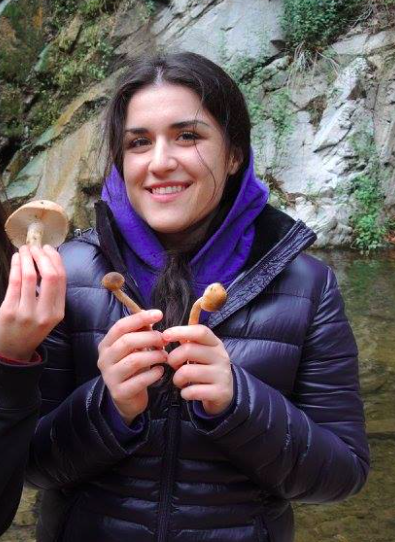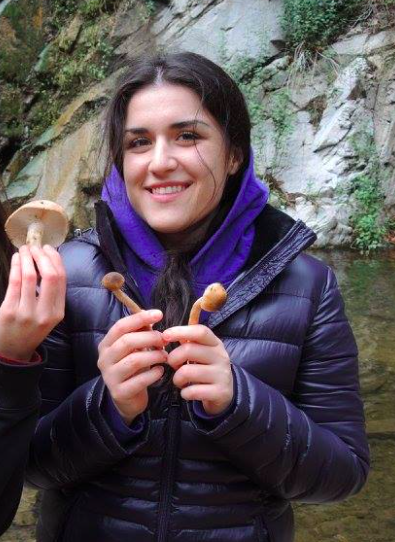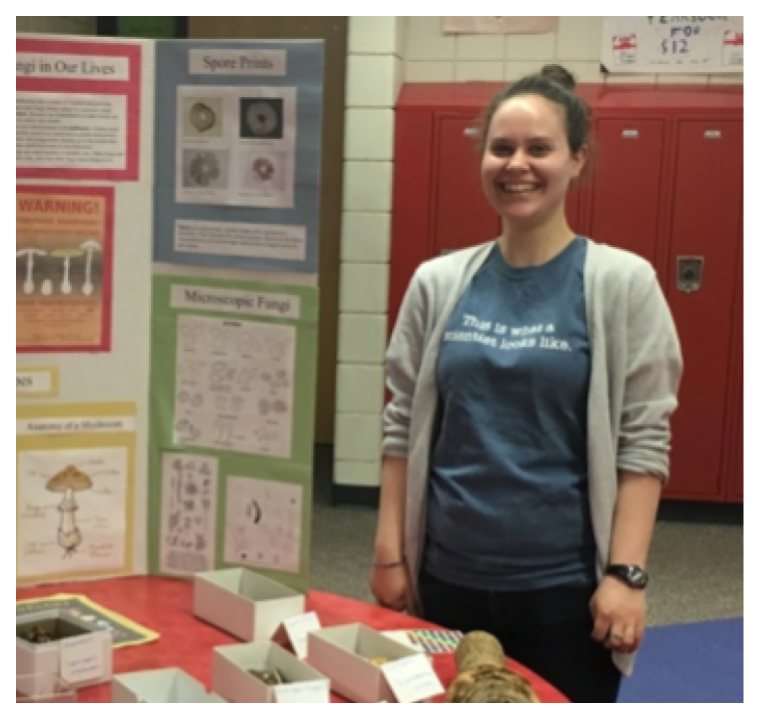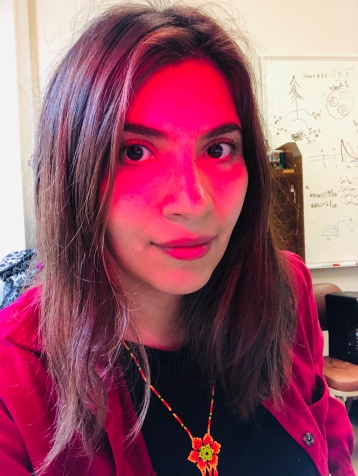
Carolina Piña Páez grew up in Hermosillo, Sonora, México. She is currently doing research on the Madrean Sky Islands of Arizona and Mexico. Her advisor is Joey Spatafora.
Tell us about your project!
My project combines fieldwork and laboratory experiments to unravel past climate change cycles’ effects on Rhizopogon and their hosts (Pinaceae) in the Madrean Sky Islands of the Southwestern US and Northwestern Mexico. Specifically, I’m studying how Rhizopogon salebrosus has migrated with its hosts and how isolation and environment is shaping its evolutionary trajectory.
What awards would you like to brag about?
I’ve been fortunate to have received scholarships from multiple mushroom societies from North America:
- 2019 Ben Woo Scholarship – Puget Sound Mycological Society
- 2019 Anita Summers award – Botany and Plant Pathology, Oregon State University
- 2018 Oregon Mycological Society award
- 2018 Sonoma County Mycological Association scholarship
- 2016-2020 CONACYT scholarship recipient for PhD studies
- 2013 Henry Pavelek Memorial Scholarship – North American Truffling Society
What are your career goals/plans for after you’re done your current position?
My ultimate career goal is to become a professor at a university. I’d love to teach classes in combination with research and fieldwork. Probably the next step for me is a postdoc position. I’m particularly interested in how recombination impacts genetic diversity.
What is your favorite fungus and why?
It has to be a truffle! Rhizopogon is the closest to my heart, as it was my first truffle but also it’s the protagonist of my PhD project. Rhizopogon salebrosus sporocarps feed a lot of small mammals in the forest, as well as playing a crucial role in seedling establishment after disturbance (like the fires that the West Coast is experiencing right now).
What is your favorite fact/thing about fungi?
Their ability to survive and acquire food from many different sources. Just think about all the different trophic modes present in the Kingdom Fungi!
Who is your mycology role model?
Jim Trappe
Any great stories from field work?
In 2018, we were in Mexico sampling truffles and collecting soil for greenhouse experiments. Tláloc was generous, and we had a great year collecting with more than 200 Rhizopogon specimens found. We isolated some cultures in the airbnb, and the soil samples were triple-bagged— as indicated by the USDA—we had a transportation permit, everything was seemingly in order. The original plan was that Aldo Saldaña, my friend and collaborator, would take us to the airport in Tucson. When we were crossing the border in Nogales, AZ, there was something wrong with the permit…they said that the samples needed to be sent to El Paso, TX, where they could potentially be destroyed! I asked if there was a possibility that Aldo could take the samples back to México, buying some time, so we could fulfill the requirement that was missing (a heads up email to the border patrol 22 days prior the border crossing). They allowed Aldo to take the samples back, and problem 1 was resolved! Then, we had to figure out how to get to the airport, since our ride was now going back to Mexico with our samples. We walked to the closest gas station in the pouring rain and we experienced the fury of the monsoon. Finally, we were able to book a shuttle back to Tucson. Once safe at home in Oregon, I sent the infamous email to the US Customs & Border Patrol Agriculture Specialist. Then a return trip a month later meant that I was able to cross the samples without issue.
What do you like to do in your free time? What are your hobbies?
Cooking is one of my biggest passions, I also enjoy beadwork and to learn new weaving techniques.
Anything else you’d like to share with us?
I’m actively looking for a Post doc position, if you’re looking for a new postdoc, send me an email: pinapaec@oregonstate.edu.

